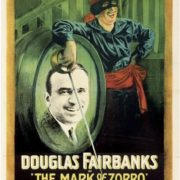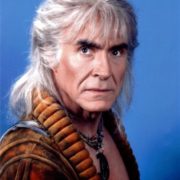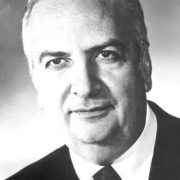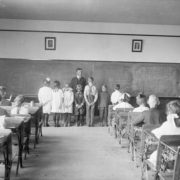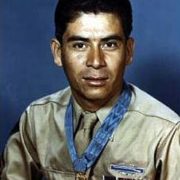The Mark of Zorro 1920
The iconic mark of “Z” was first slashed on North American movie screens on November 27, 1920, with the release of the Hollywood film, “The Mark of Zorro”. The mythic tale stars a mysterious masked hero who defends the poor and exploited against the rich and oppressive (99% versus 1%). Flashing his sword, swirling his cape, and always narrowly escaping on his faithful horse, Zorro inevitably triumphs without revealing his identity, and lives to fight another day. Hollywood megastar Douglas Fairbanks starred in this first screen version, and Hollywood actually managed to cast a Latinx actor, Antonio Banderas, for the 1998 version. Ole!
The iconic mark of “Z” was first slashed on North American movie screens on November 27, 1920, with the release of the Hollywood film, “The Mark of Zorro.” The mythic tale stars a mysterious masked hero who defends the poor and exploited against the rich and oppressive (99% versus 1%). Flashing his sword, swirling his cape, and always narrowly escaping on his faithful horse, Zorro inevitably triumphs without revealing his identity of him, and lives to fight another day. Hollywood megastar Douglas Fairbanks starred in this first screen version, and Hollywood actually managed to cast a Latino actor, Antonio Banderas, for the 1998 version. Ole!

